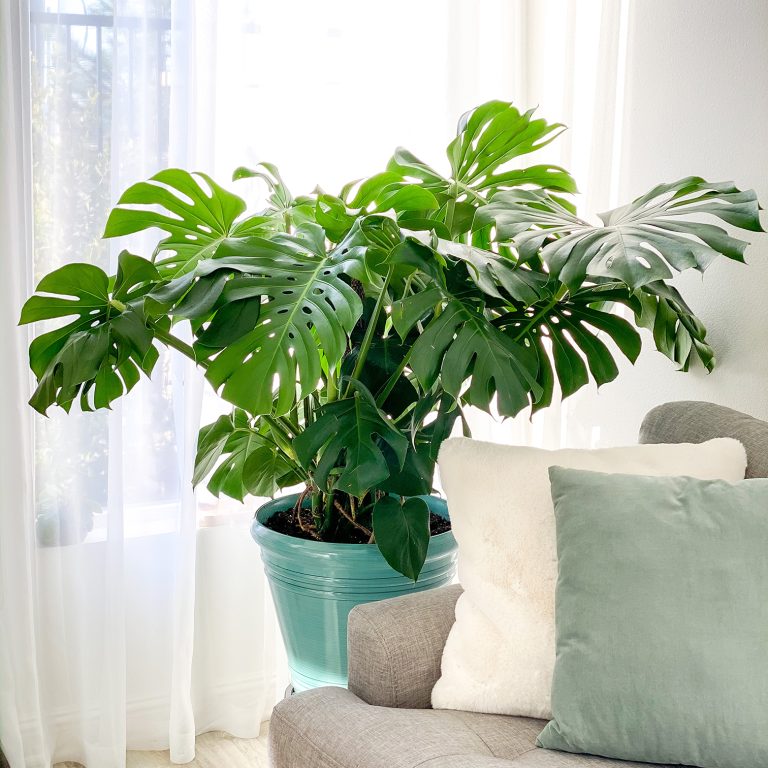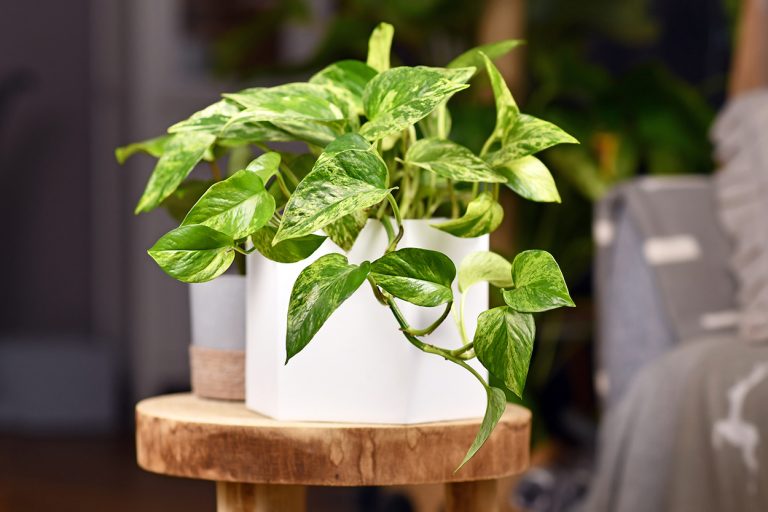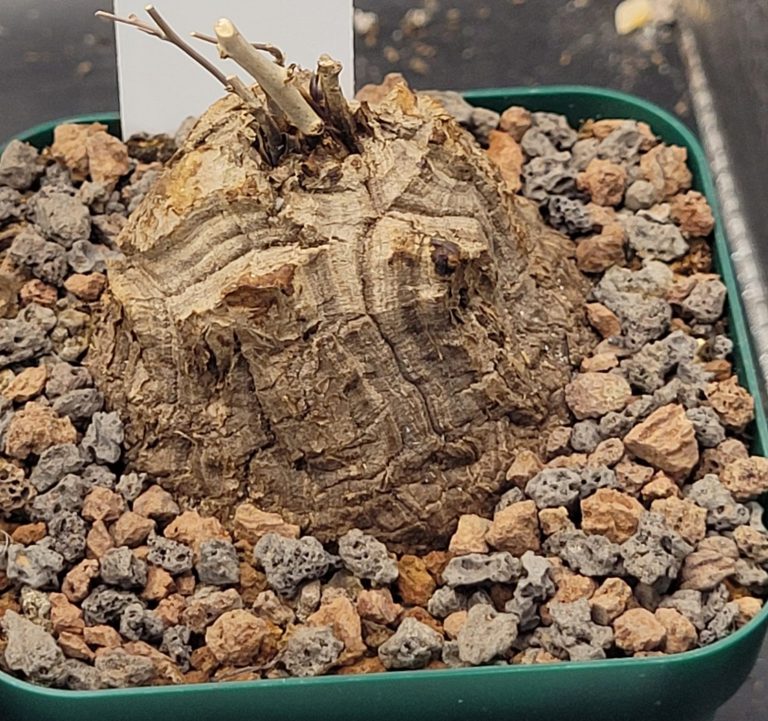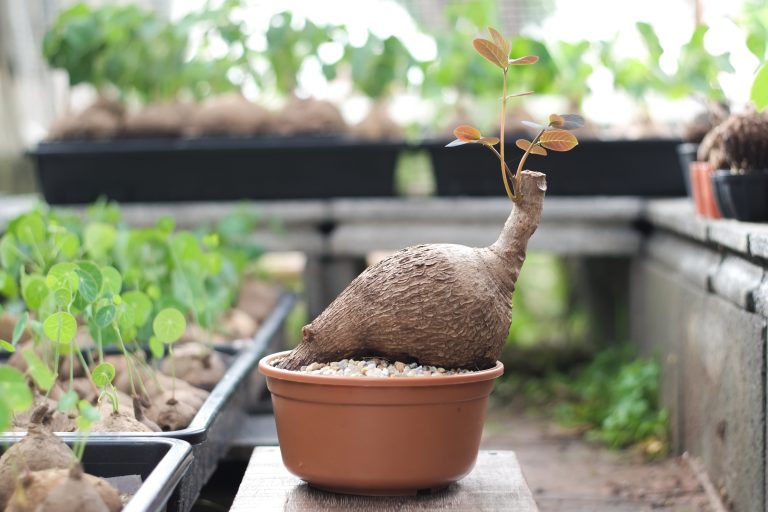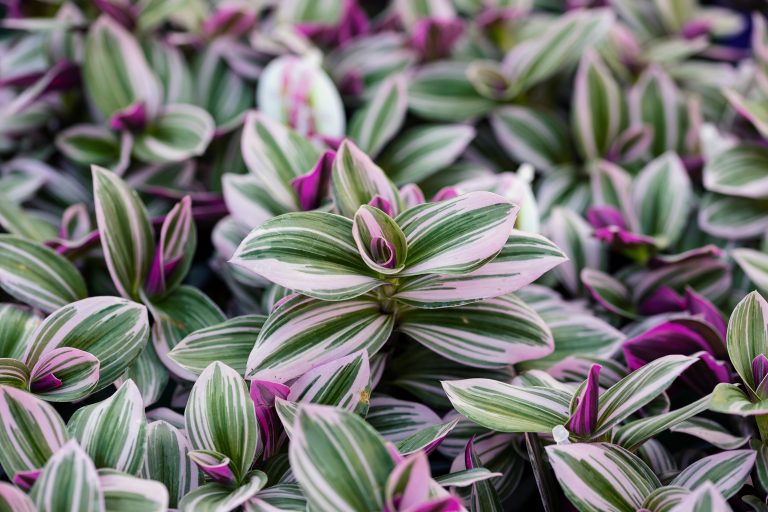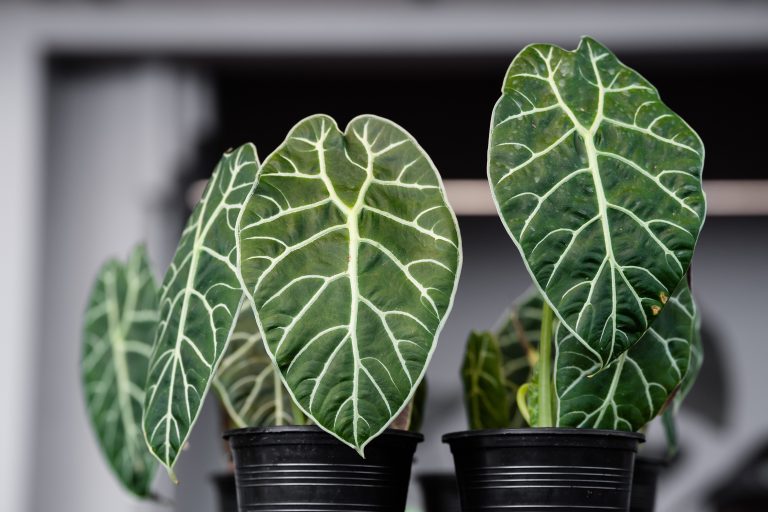Operculicarya pachypus, a unique and intriguing succulent tree, is a member of the Anacardiaceae family and is native to the arid regions of Madagascar. Known for its fascinating caudex (swollen trunk) and delicate, feathery foliage, this plant is a prized addition to any succulent or bonsai collection. Despite its exotic appearance, with the right care, Operculicarya pachypus can thrive and become a striking focal point in your home or garden. Here’s everything you need to know to keep this unique plant healthy and happy.
Light Requirements
- Bright, Indirect Light: Operculicarya pachypus thrives in bright, indirect light. A south-facing window with filtered sunlight is ideal.
- Full Sun: This plant can tolerate full sun but may need to be gradually acclimated to avoid leaf burn. In particularly hot climates, some afternoon shade can be beneficial.
Watering
- Watering Schedule: During the growing season (spring and summer), water your Operculicarya pachypus thoroughly when the top inch of the soil feels dry. Allow the water to drain completely to prevent root rot.
- Dormancy: In the fall and winter, reduce watering significantly. The plant enters a dormancy period, and excessive moisture can cause root rot.
- Avoid Overwatering: Overwatering is a common issue with this species. Ensure the soil dries out between watering sessions.
Soil
- Well-Draining Soil: Operculicarya pachypus requires a well-draining soil mix to prevent waterlogging. A cactus or succulent mix with added perlite or pumice works well.
- Bonsai Soil: For those growing it as a bonsai, a bonsai soil mix that offers good drainage and aeration is recommended.
Temperature and Humidity
- Temperature Range: This plant prefers warm temperatures between 60°F and 85°F (15°C to 29°C). It can tolerate temperatures as low as 40°F (4°C) but should be protected from frost.
- Humidity: Operculicarya pachypus does well in average household humidity. In extremely dry environments, occasional misting can help maintain humidity.
Fertilization
- Growing Season: Feed your Operculicarya pachypus with a balanced, water-soluble fertilizer diluted to half strength once a month during the growing season.
- Dormancy: Do not fertilize during the fall and winter months when the plant is dormant.
Pruning and Maintenance
- Pruning: Regular pruning helps maintain the desired shape and encourages new growth. Use clean, sharp scissors or pruning shears to remove dead or unwanted branches.
- Leaf Drop: It’s normal for the plant to shed some leaves during its dormancy period. Reduce watering and wait for new growth in the spring.
Repotting
- Repotting Frequency: Operculicarya pachypus grows slowly and doesn’t require frequent repotting. Repot every 2-3 years or when the plant outgrows its current pot.
- Pot Size: Choose a pot that is slightly larger than the current one with good drainage holes. Ensure the new pot has enough room for the caudex to expand.
Propagation
- Seeds: Operculicarya pachypus can be propagated from seeds. Sow seeds in a well-draining soil mix and keep them warm and slightly moist until germination.
- Cuttings: Propagation from cuttings is also possible, though it can be challenging. Take cuttings during the growing season and place them in a well-draining soil mix. Keep the soil slightly moist until roots develop.
Common Issues
- Pests: Watch for common pests such as spider mites, mealybugs, and aphids. Treat infestations promptly with insecticidal soap or neem oil.
- Root Rot: Overwatering can lead to root rot, a common problem for this plant. Ensure proper drainage and allow the soil to dry out between watering.
Display and Aesthetics
- Bonsai: Operculicarya pachypus is a popular choice for bonsai enthusiasts due to its thick, gnarled trunk and delicate foliage. With careful pruning, it can be shaped into a beautiful bonsai tree.
- Decorative Pot: Planting it in a decorative pot can enhance its appearance and make it a striking focal point in your home or garden.
Encouraging Healthy Growth
- Rotate the Plant: Rotate your Operculicarya pachypus regularly to ensure even growth and prevent it from leaning toward the light source.
- Clean the Leaves: Dust the leaves occasionally to keep them free from dust and pests.
By following these care guidelines, you can enjoy the unique beauty and charm of Operculicarya pachypus for many years. Whether you grow it as a bonsai or a standalone plant, its captivating form and delicate foliage make it a standout addition to any plant collection. Happy growing!

